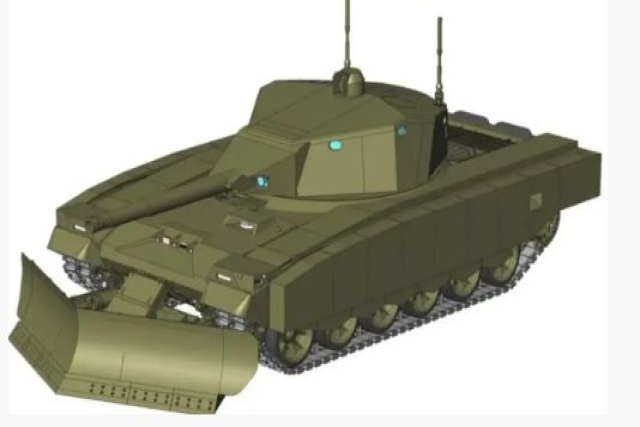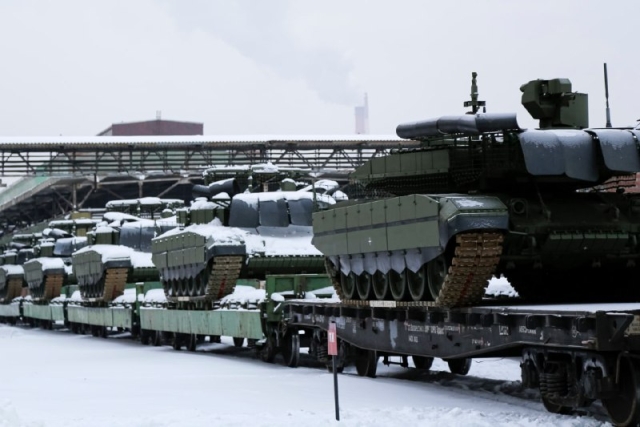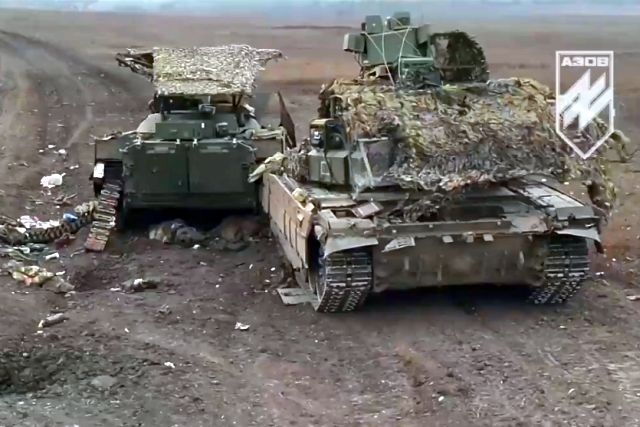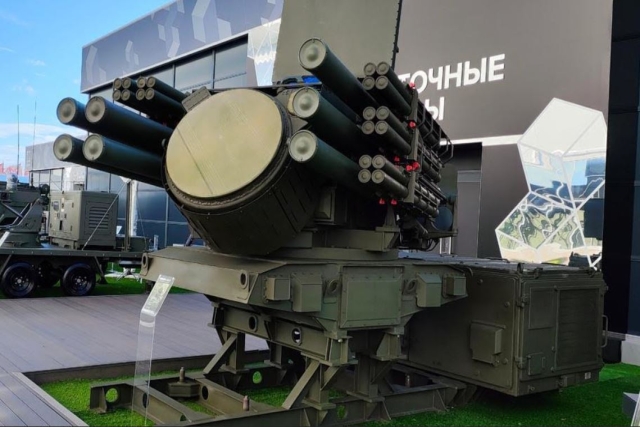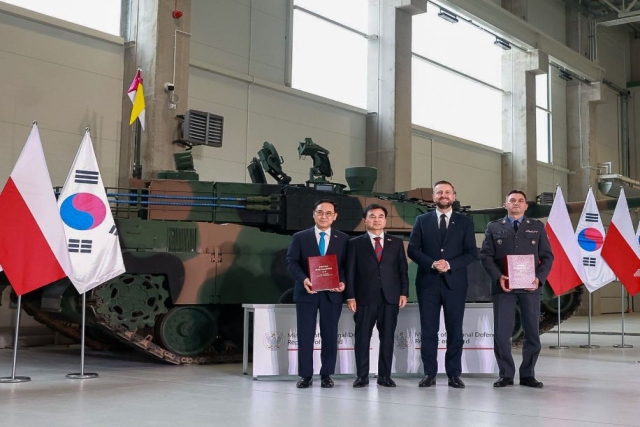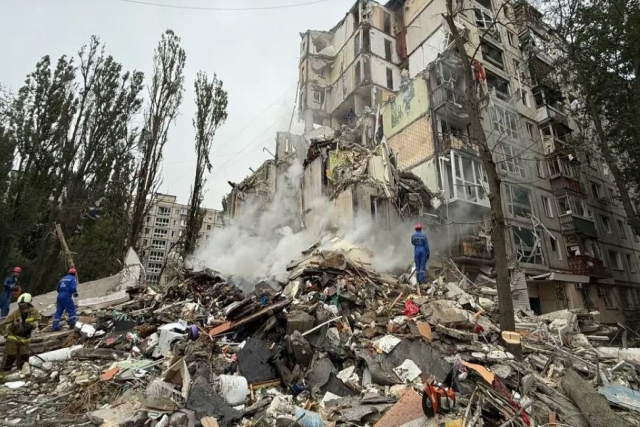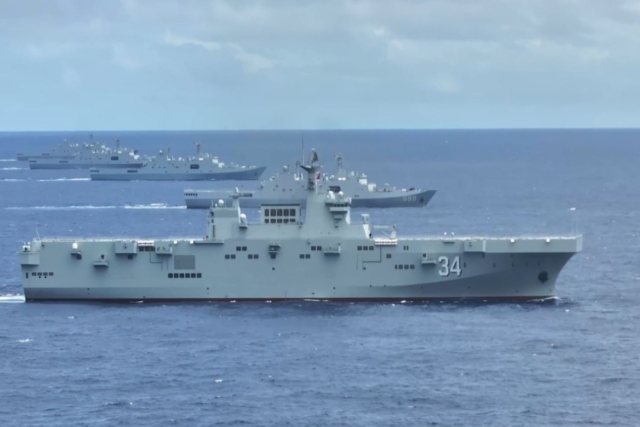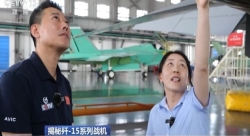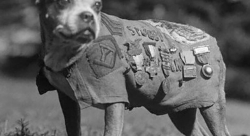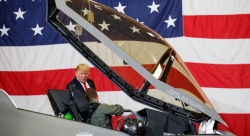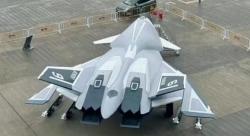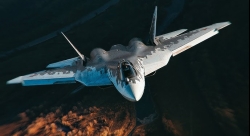Russia Unveils ‘Shturm’ Robotic Assault Tank Based on T-72/T-90 Chassis
Urban warfare system features remote control, modular weapons, and reinforced armor for high-risk combat
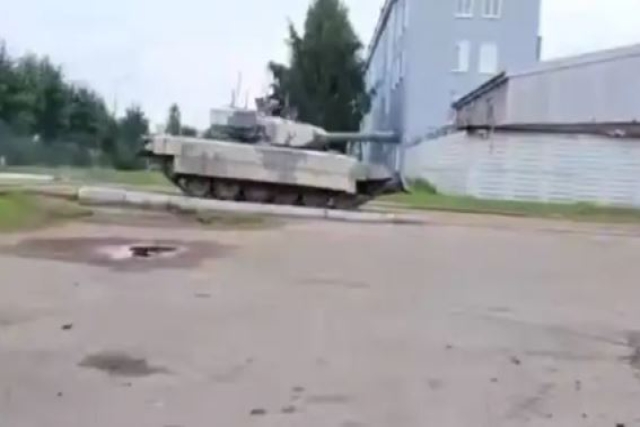
Russia has revealed a new robotic assault vehicle named Shturm, built on the T-72 and T-90 tank chassis, and designed specifically for urban combat operations.
The vehicle, developed by Russian defense manufacturer Uralvagonzavod, was recently seen undergoing field tests near the company's plant, according to Russian media.
The Shturm is part of a heavy robotic combat complex that includes remotely operated assault tanks and command vehicles, all based on standardized platforms. A video released last week shows the tank in motion, equipped with a bulldozer blade, shortened 125 mm D414 smoothbore gun, and protective systems designed for close-quarter warfare.
According to a report by Topcor.ru, engineers have equipped the Shturm with multi-layered protection against hand-held anti-tank weapons. The platform also allows for modular weapon configurations depending on mission needs—these include jet flamethrowers and other specialized systems for urban terrain.
The shortened gun barrel is tailored for direct and semi-direct fire in confined environments, while the vehicle’s fire control system supports engagement from closed firing positions. The command vehicle, which has protection levels comparable to the T-72B3M or T-90M, can direct multiple Shturm tanks via secure communication channels.
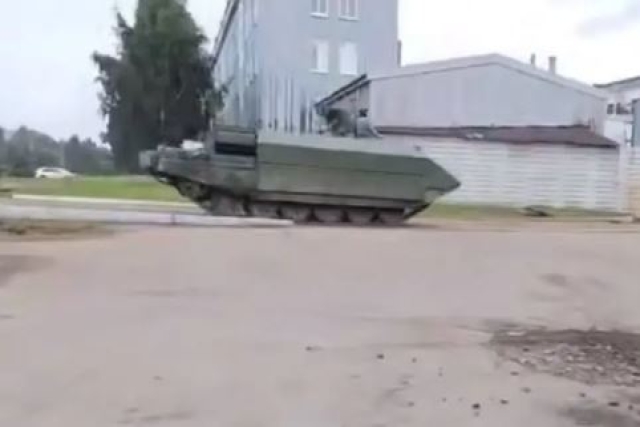
The Shturm’s protection package includes 4S24 "Relikt" explosive reactive armor. As cited by the Russian Arms Telegram channel, the frontal armor can resist up to 870 mm of armor-piercing fin-stabilized rounds and 1,100 mm of cumulative warhead penetration. Side armor at maneuvering angles is estimated to offer protection up to 650 mm against shaped charges.
The gun system is adapted to fire ZOF26M high-explosive shells and ZBK29M cumulative projectiles. Though the gun is shorter than the standard 2A46M5, it retains high impulse firing capability with effective ranges of 5.5–6.5 kilometers.
The command and fire units share common engines—V-92S2F 1130 hp diesel engines—and chassis, improving logistics and operational flexibility. However, Russian defense analysts stress that the system would require further upgrades if it moves into mass production. These could include the Arena-M active protection system, FPV drone interceptors, and counter-drone machine gun turrets for survivability in modern warfare environments.
